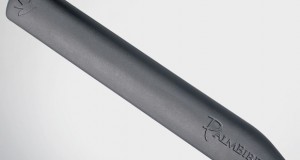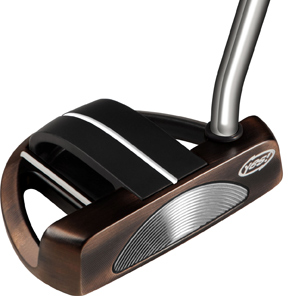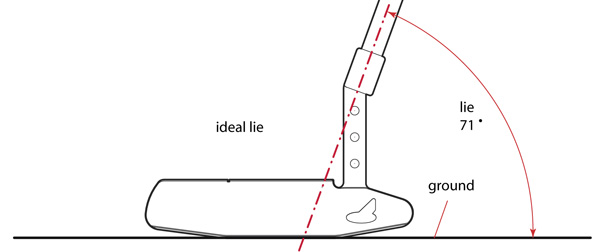 If you plan to visit your favorite golf retailer in search of a new putter, make sure you avoid a common mistake—the use of random golf balls provided by the store for sampling different putters.
If you plan to visit your favorite golf retailer in search of a new putter, make sure you avoid a common mistake—the use of random golf balls provided by the store for sampling different putters.
The fact is that golf balls come in varying degrees of surface and auditory properties, which can greatly impact the feel and feedback of a given putter.
Therefore, if you rely on a random assortment of golf balls to evaluate putters, you really don’t have a baseline for your evaluations, and you may be disappointed when you take a putter home only to find out that it behaves differently with your own preferred golf balls. A putter that felt soft and supple in the store might suddenly feel firm or hard, or vice versa.
Indeed, a recent scientific study conducted by Golf Magazine revealed vast differences in golf ball cover hardness. The Top Flite Freak ball ranked as the hardest, while the Nike One ranked as the softest, and you can bet these two balls feel vastly different when struck with the same putter.
To further investigate this subject, PutterZone.com reached out to Dean Snell, senior director of research and development for TaylorMade’s golf ball division.
Snell is a giant in the field of golf ball design, having spent seven years with Titleist before joining TaylorMade in 1996, where he was tasked with building the company’s golf ball R&D department from the ground up.
The fruits of Snell’s labors are now evident in TaylorMade’s TP Black and TP Red tour balls, which recently notched wins on the Champions and European tours. The TP balls are used by Sergio Garcia, Justin Rose, Retief Goosen, Fred Funk, Sean O
“The point you are making is right on,” Dean says. “Anytime anyone does testing or fitting, it should be done with the ball they use on the golf course. If you take our four balls—TP Black, TP Red, Burner and Burner TP—and hit some six-foot putts with them using the same putter, you will definitely notice a difference. There’s no question that these balls offer different sound and feel upon impact.”
Snell notes that cues such as sound can create a psychological effect that is very real, even if that effect is not rooted in actual physics. For example, a ball that sounds hard may suggest a longer roll, whereas a softer sounding ball may suggest a shorter roll, regardless of what the measuring tape has to say. From these perceptions come personal likes and dislikes that shape your putting game, and ultimately the relationship between your ball and your putter.
Naturally, Snell advises the recreational golfer to really give some serious thought into which ball he or she uses, and not solely from a putting perspective, but from a total performance perspective. A little research will go a long way in finding a ball that fits your budget and your game—including factors such as launch, distance and spin.
According to Snell, most touring pros find a ball that works for them, then, if necessary, they find a putter that is compatible with that ball. This has become much easier with the rapid growth in putter materials and technologies that are designed to impact feel and feedback, including grooves and face inserts.
However, pros and scratch golfers aren’t the only ones who can benefit from making an informed choice when it comes to balls. Even the weekend warrior with a 25 handicap can gain an edge by selecting the right ball for his or her game, Snell says.
The message is clear: if you’re going to test different putters, you first need to get on the ball. That means finding the right ball for you, and then using that ball when sampling different putters.
 PutterZone – Best Putter Reviews
PutterZone – Best Putter Reviews



